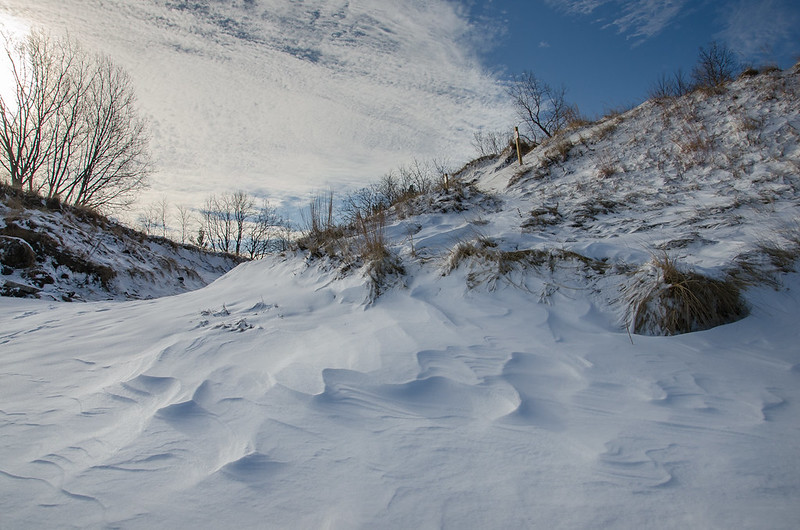 The call of large groups of frogs is one of the first real signs of Spring around this part of Illinois. Usually, as I walk by ponds and streams, the shy frogs quiet down, and hide, but this time, I decided to wait a bit for them to get used to me. After a few minutes, the frogs came out of hiding, and a bit later, one began to call for a mate. I could tell he was up to something, since he was sitting more upright than usual.
The call of large groups of frogs is one of the first real signs of Spring around this part of Illinois. Usually, as I walk by ponds and streams, the shy frogs quiet down, and hide, but this time, I decided to wait a bit for them to get used to me. After a few minutes, the frogs came out of hiding, and a bit later, one began to call for a mate. I could tell he was up to something, since he was sitting more upright than usual.If you look closely where the water meets the body of the frog, you'll see ripples in the water. These were caused by the vibration of the frog as he called. His vocal sac is displayed and in use - he wasn't bothered too much by my camera, and continued his search for a mate. Most of the other frogs in the small pond in Illinois Canyon already had mates, and were paired up in the water, oblivious to me.













